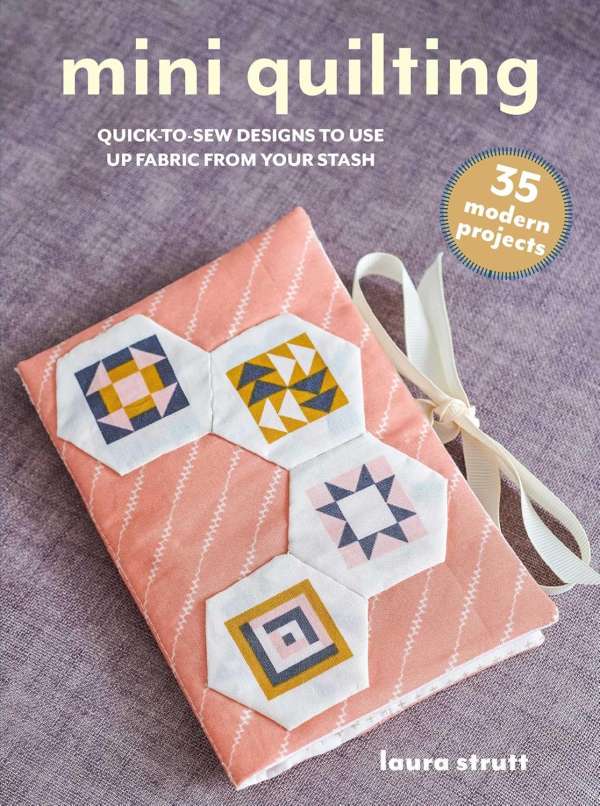
If you’ve always wanted to try the beautifully meandering Drunkard’s Path pattern but were put off by its reputation for difficulty, there’s good news: aid is on the way. Anyone can learn to piece this appealing, time-honored pattern using the step-by-step instructions and detailed drawings in this expert tutorial.
Why is it called Drunkard’s Path?
The Drunkard’s Path quilt design is a classic pattern in quilting that has been around for centuries. It is a block-based pattern that is made up of curved pieces that create a circular or swirling effect when pieced together.
The name “Drunkard’s Path” is said to have originated from the pattern’s resemblance to the erratic path of a drunk person. The design is made up of two curved pieces, one concave and one convex, that fit together to create a circle or arc.
The Drunkard’s Path design can be arranged in a variety of ways, creating different looks and effects. Some common arrangements include alternating blocks of the same color, creating a checkerboard effect, or using a range of colors to create a gradient effect.
The pattern can be made using a variety of quilting techniques, including hand piecing, machine piecing, and applique. It can also be combined with other quilt block patterns to create more complex designs.
The Drunkard’s Path quilt design is popular among quilters because it is both challenging and rewarding to piece together. It requires a high level of precision to ensure that the curves fit together perfectly, but the end result is a stunning and unique quilt that is sure to impress.
Pepper Cory, an internationally known quilting authority, traces the history of the Drunkard’s Path from England and illustrates the pattern’s many engaging variations (including Old Maid’s Puzzle, Rob Pete to Pay Paul, Tumbleweed, and more) while offering advice on every stage of the quilting process, from selecting fabrics and making templates to designing layouts and mastering the tricky curves.
Get it here: Drunkard’s Path pattern





Leave a Reply